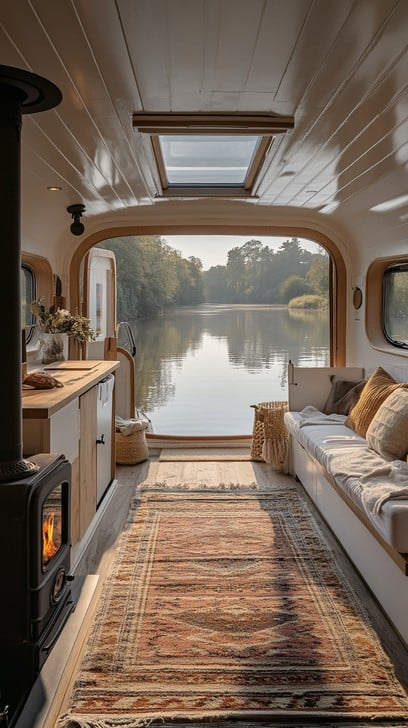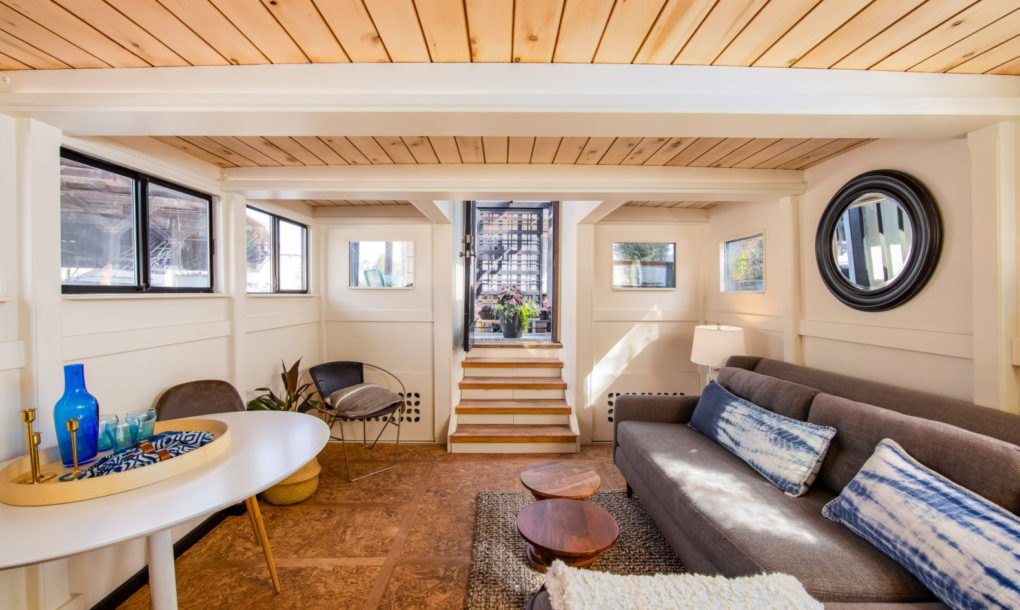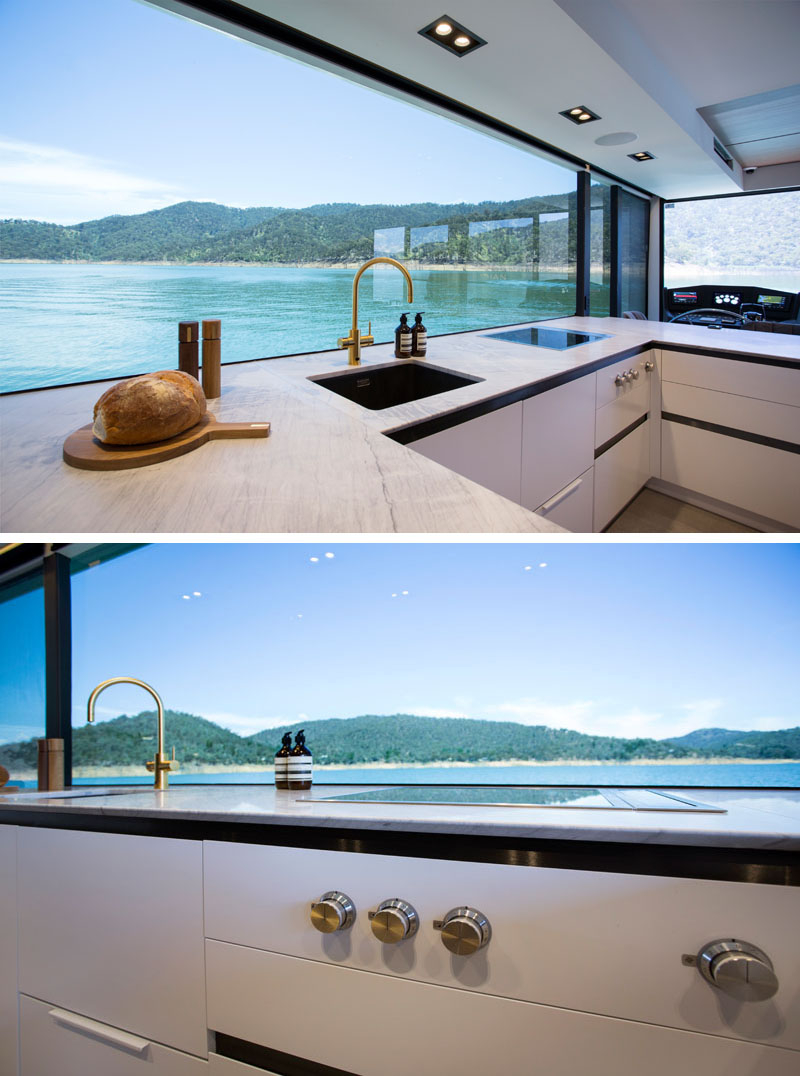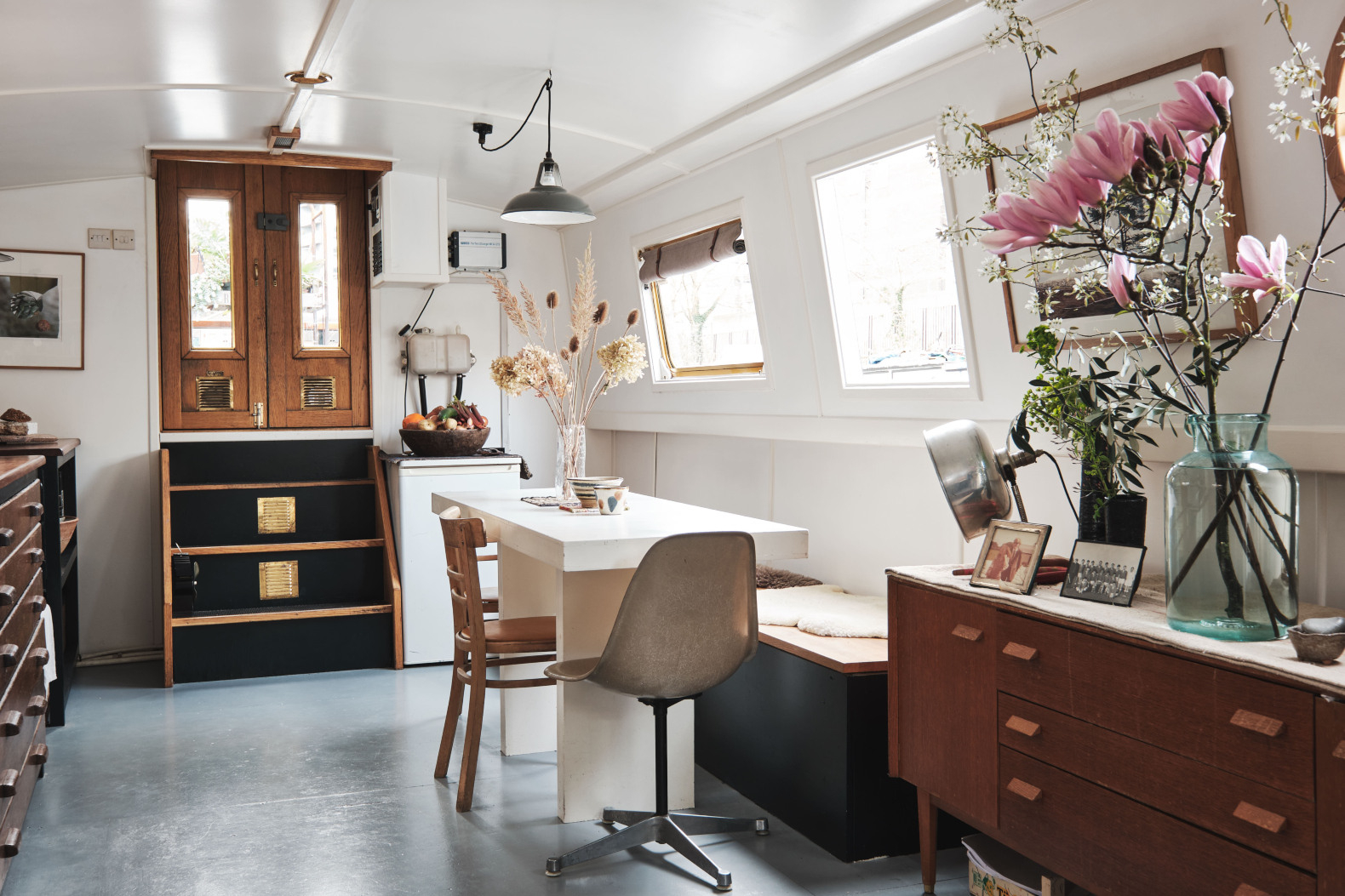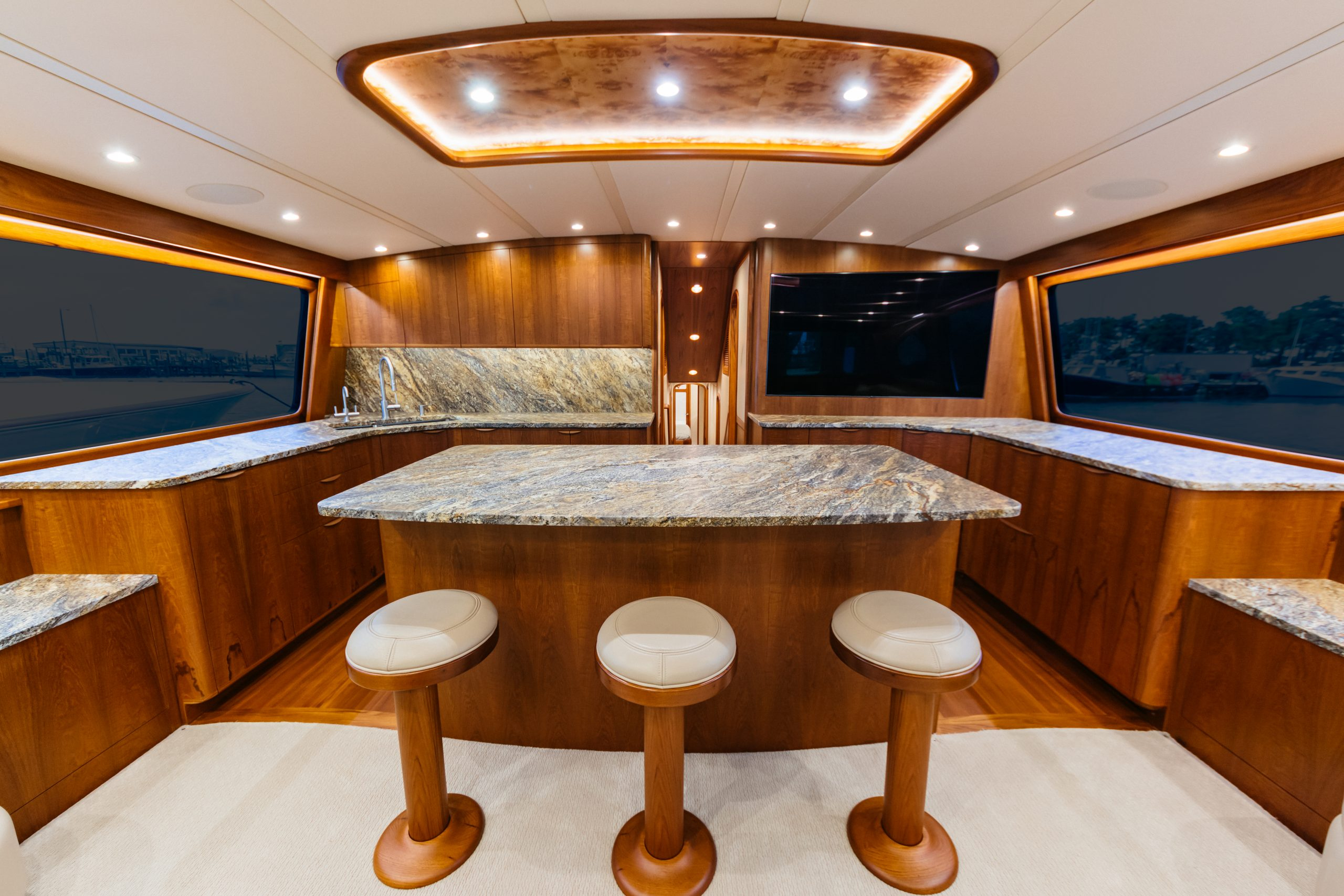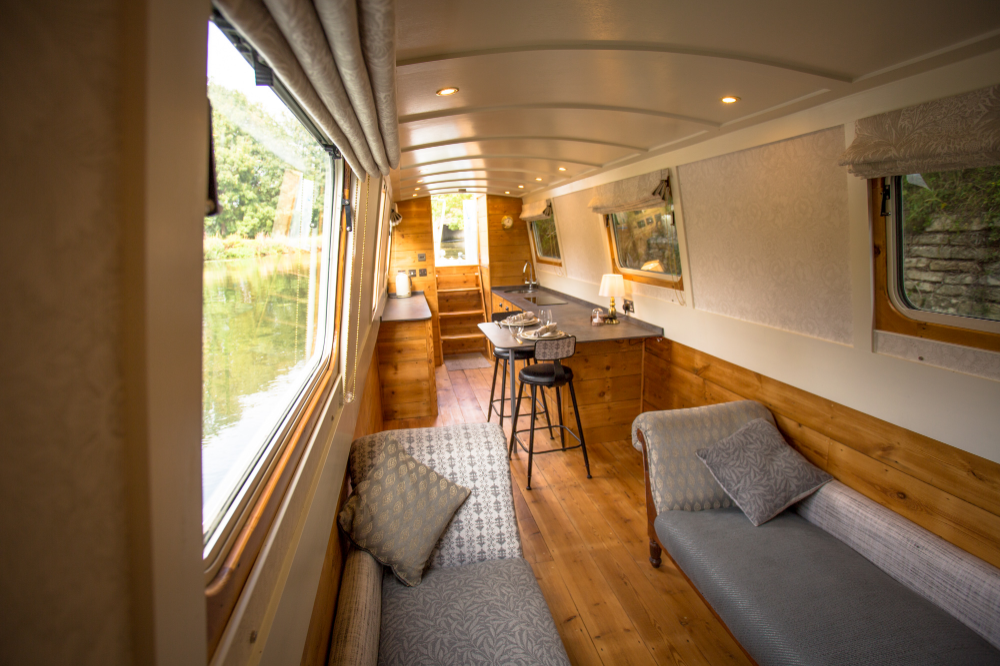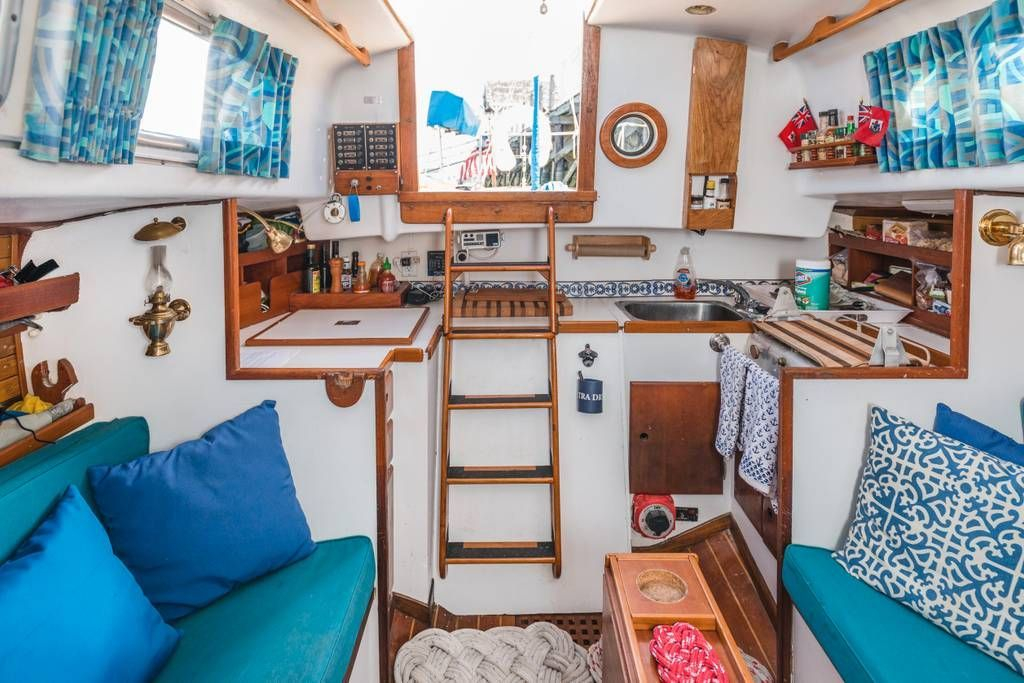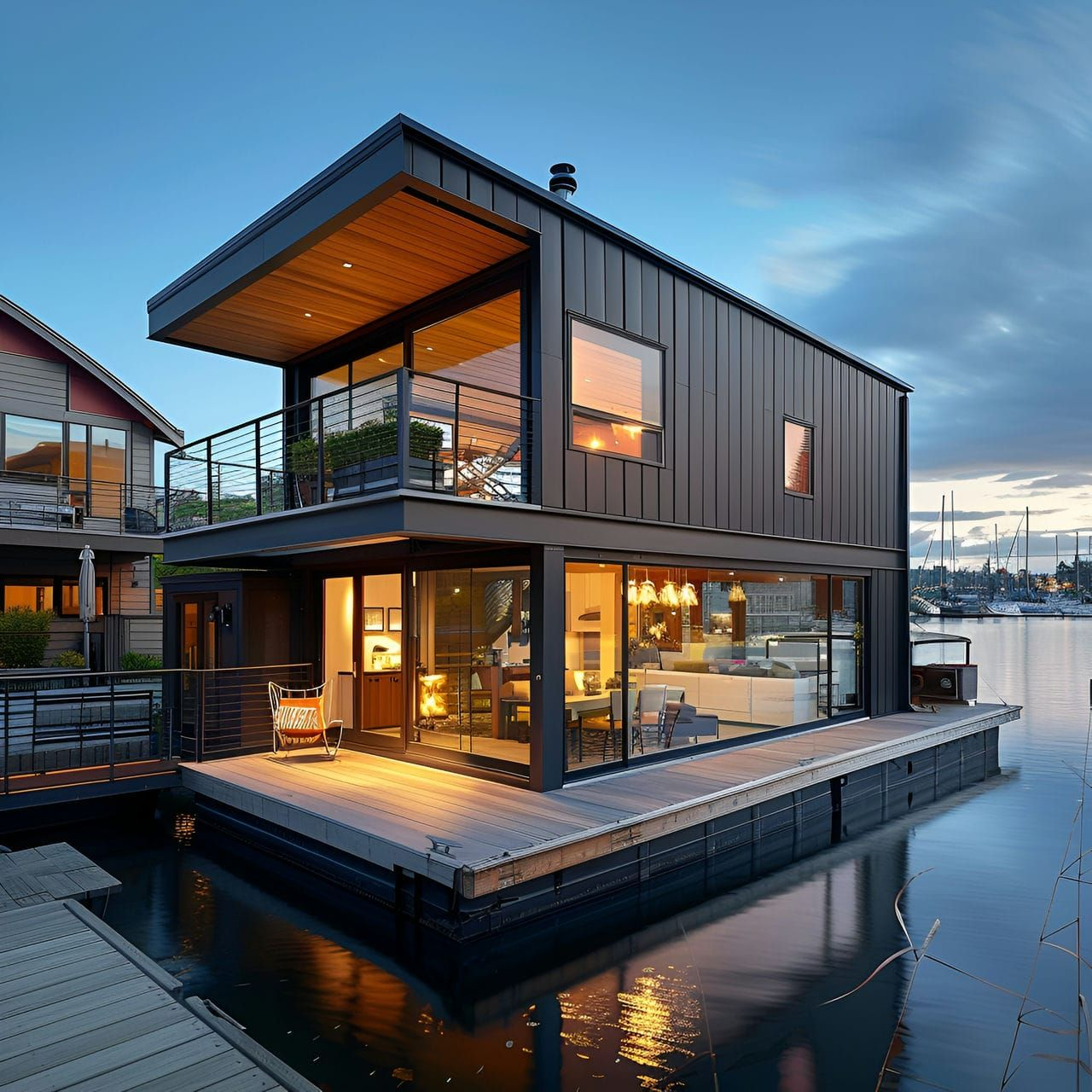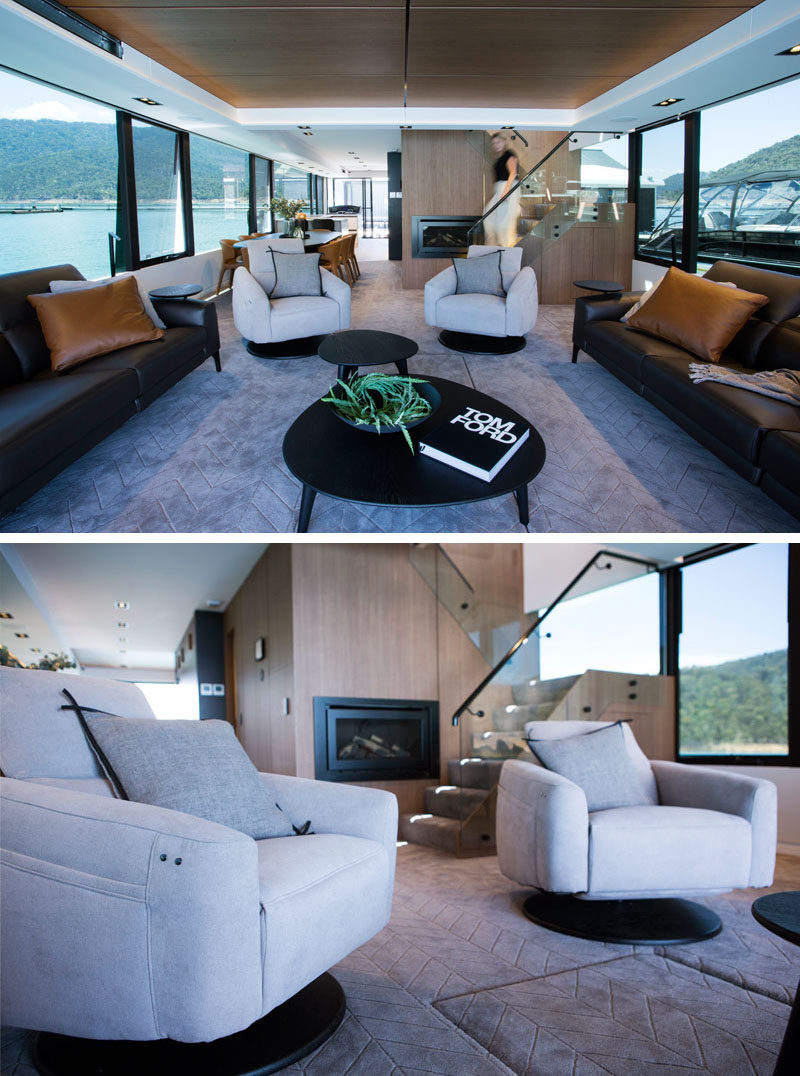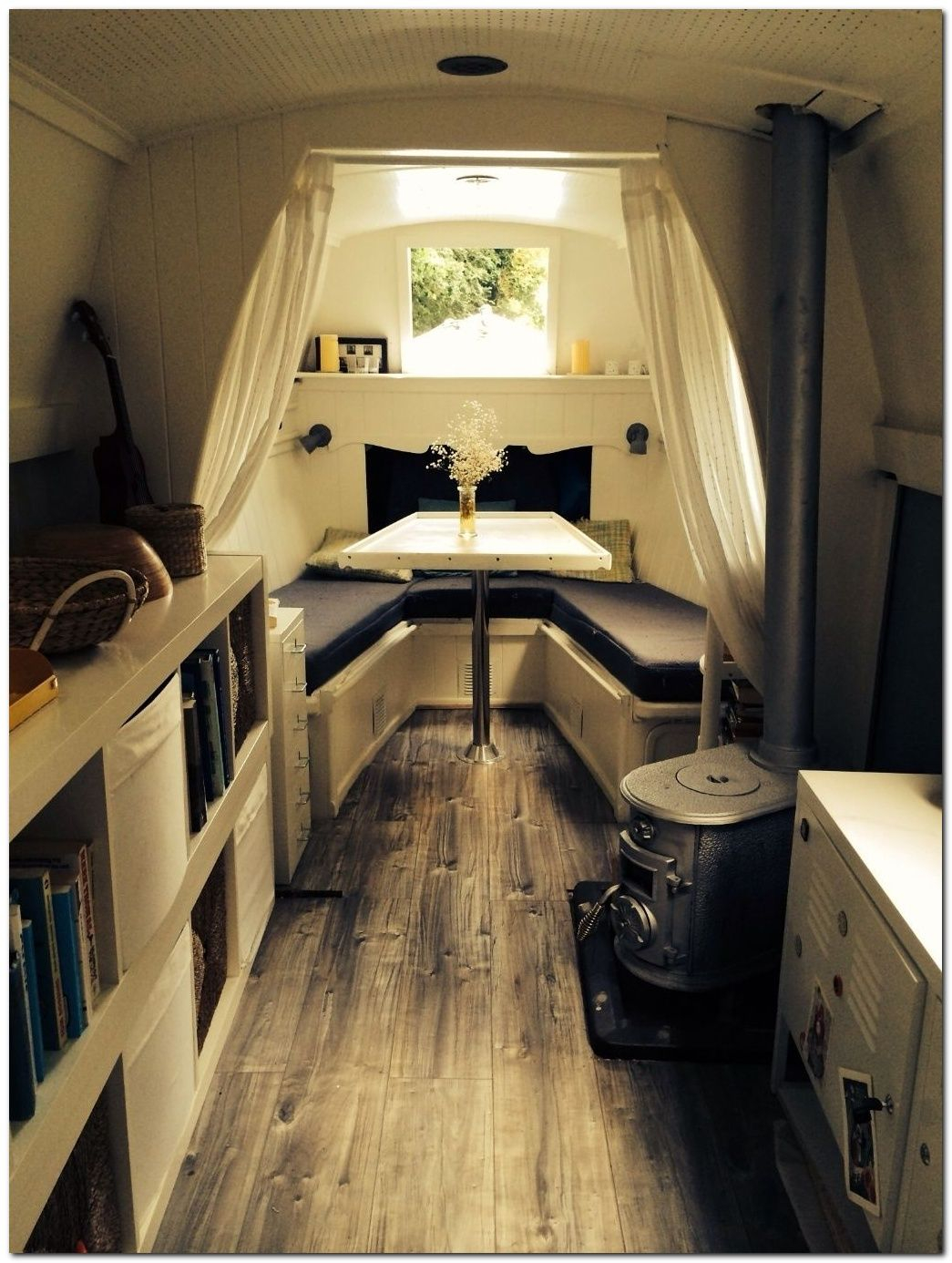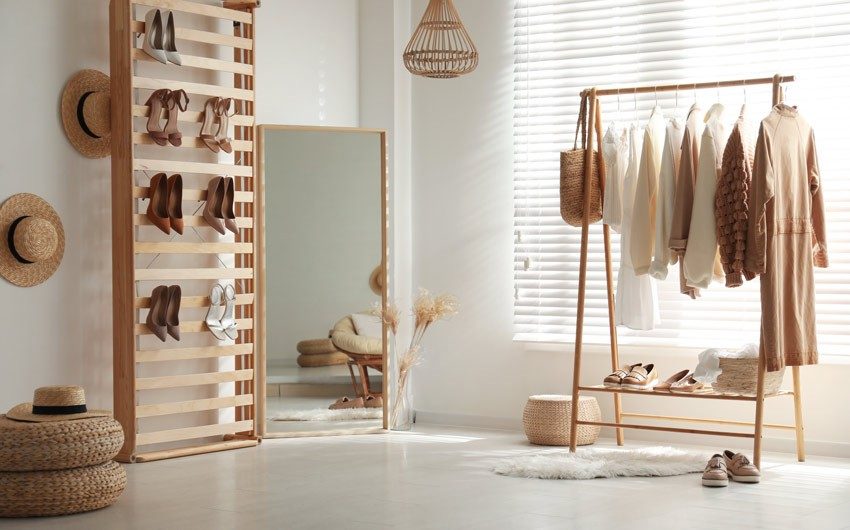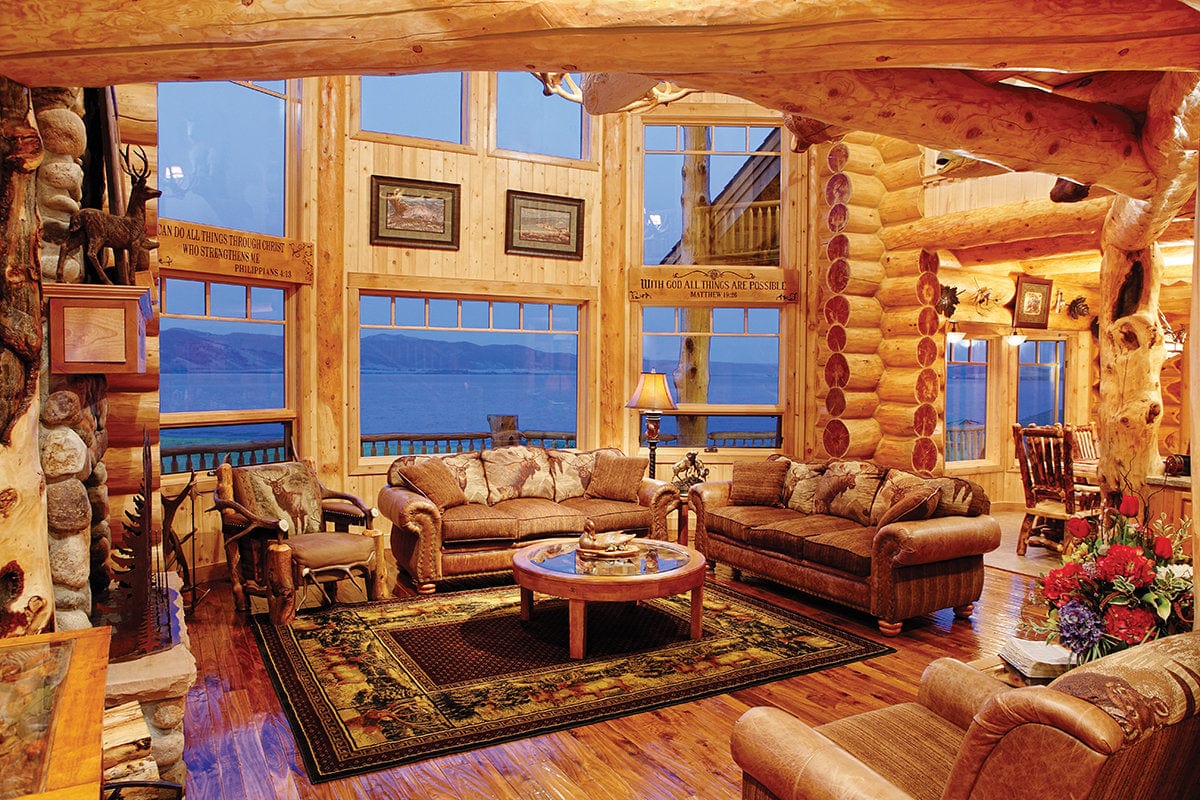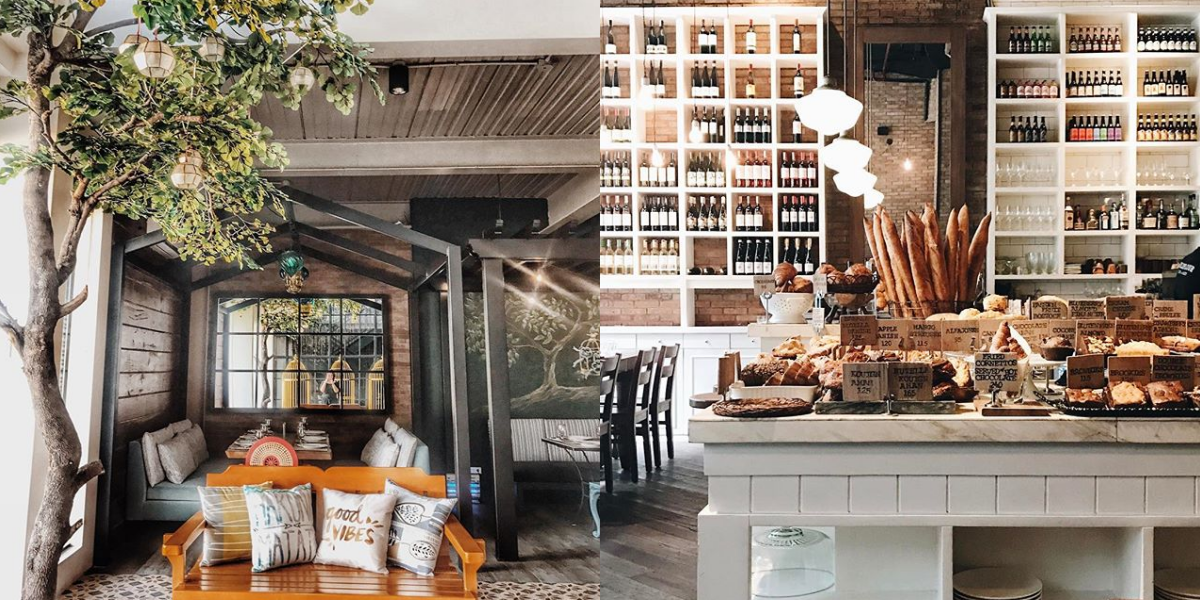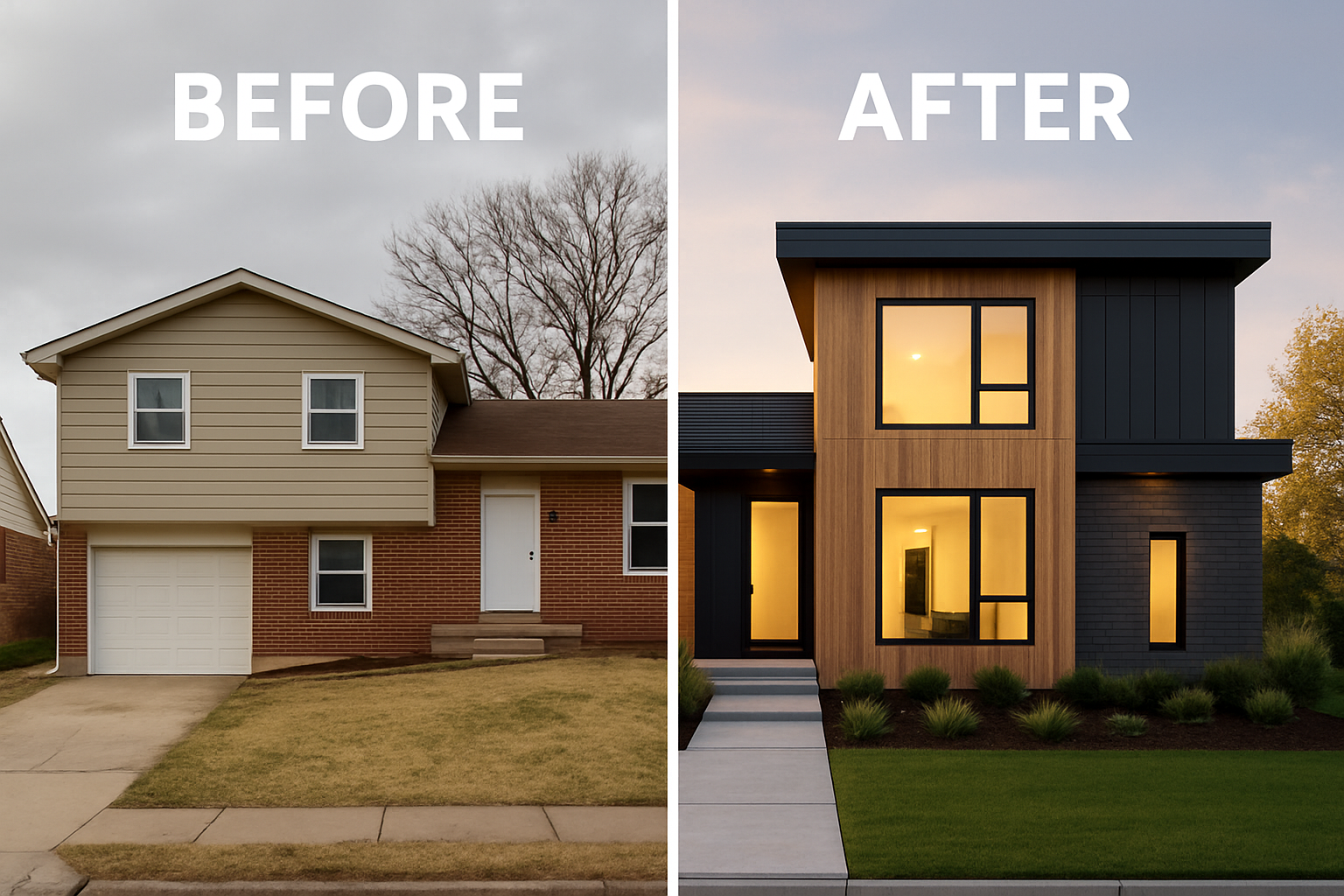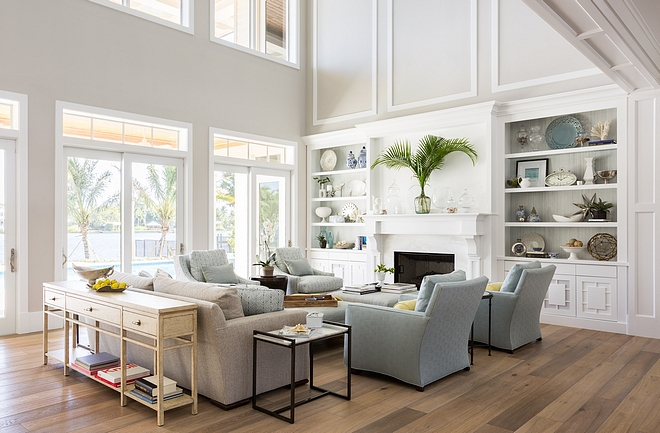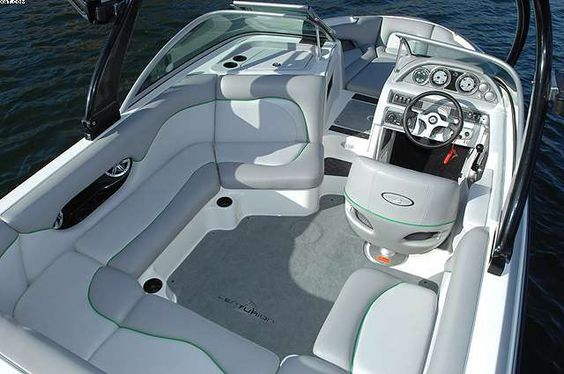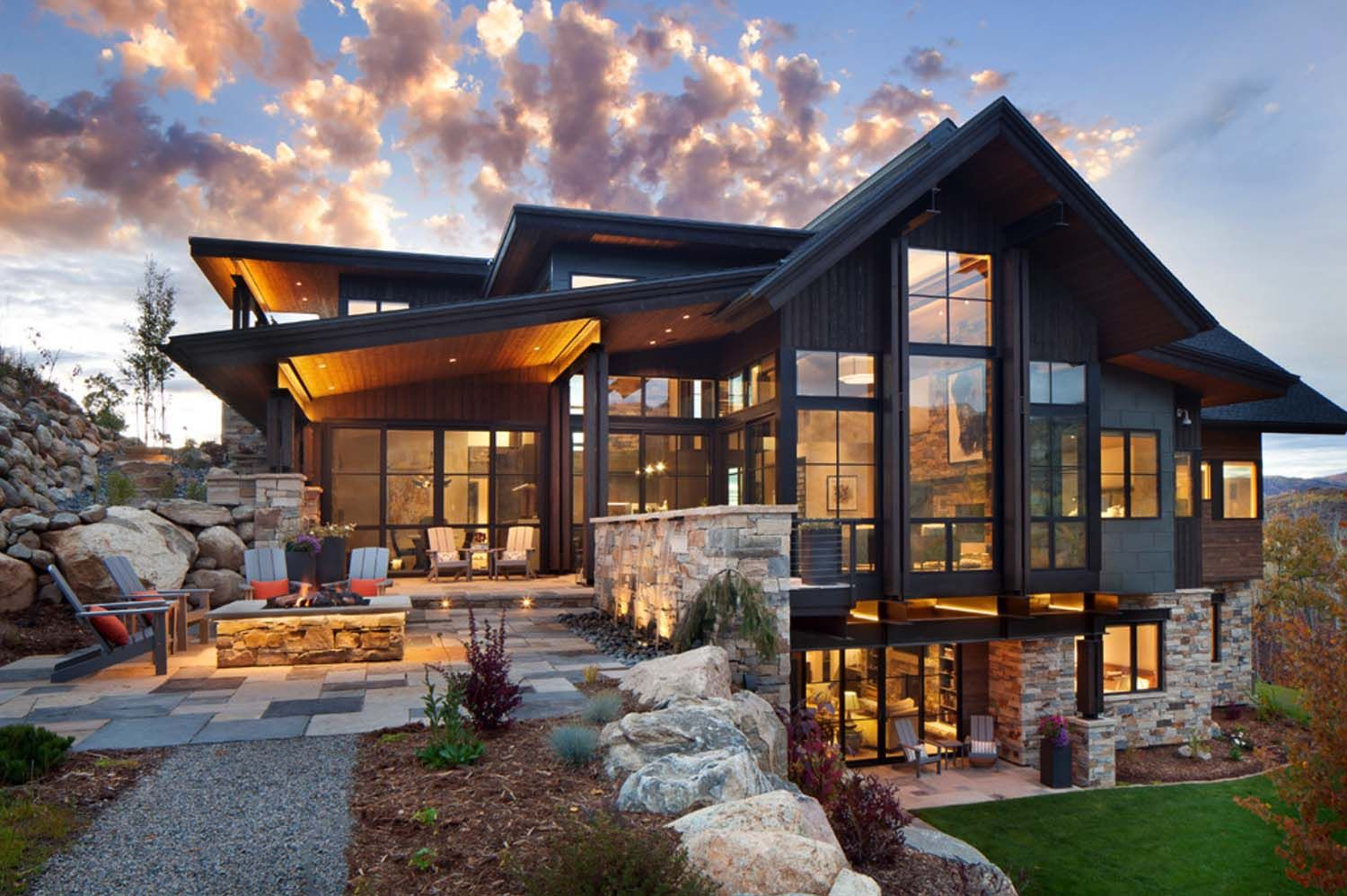Imagine waking up to the gentle sway of water, the sun warming your face through a panoramic window, and your morning coffee enjoyed with a view that changes with the tides. A houseboat isn’t just a mode of transportation; it’s a lifestyle, a sanctuary, and for many, the ultimate dream home. But how do you go about turning that dream into a tangible reality? It’s a journey, for sure, but one that’s incredibly rewarding. Let’s dive in and explore the steps to designing your very own floating paradise.
There’s a certain magic to living on the water. It connects you to nature in a way few other dwellings can. The rhythm of the waves becomes your soundtrack, and the ever-changing scenery paints your backdrop. But designing a houseboat is a unique challenge, blending the practicality of a home with the intricacies of a vessel. It’s about maximizing space, ensuring seaworthiness, and infusing your personal style into every nook and cranny. Forget cookie-cutter houses; this is about creating a space that’s uniquely yours, a true sanctuary that floats.
1. Defining Your Vision: What’s Your Floating Dream?
Before you even think about blueprints, sit down and really consider what you want from your houseboat. Are you envisioning a cozy weekend retreat, a spacious family home, or a sleek, modern vessel for exploring new waterways. Think about your lifestyle. How many people will typically be on board? Do you need space for entertaining guests, or is it more about a private escape. What are your must-have features? Perhaps a large deck for sunbathing, a well-equipped galley for culinary adventures, or ample storage for all your gear. Jot down everything that comes to mind. This initial brainstorming is crucial; it’s the bedrock of your entire design.
2. Understanding the Vessel: Hull, Size, and Layout
The foundation of your houseboat is its hull. This is what keeps you afloat and stable. You’ll need to decide on the type of hull: a barge hull offers more stability and living space, while a pontoon hull is generally more maneuverable and cost-effective. Then there’s the size. This will be dictated by your budget, your intended use, and local regulations. Once you have an idea of the hull type and size, you can start thinking about the internal layout. How will you divide the space? Consider the flow between rooms. Open-plan living areas can make smaller spaces feel larger, but sometimes defined zones are better for privacy. Think about where you’ll place essential systems like plumbing and electrical. It’s a puzzle, but a fun one.
3. Maximizing Space: Clever Design for Compact Living
Houseboats, by nature, require smart use of every square inch. This is where creative design truly shines. Think multi-functional furniture. A sofa that converts into a bed, a dining table that folds away, ottomans with built-in storage – these are your best friends. Built-in cabinetry and shelving can utilize vertical space effectively. Consider sliding doors or pocket doors to save on swing space. Even small details, like under-floor storage or cleverly designed nooks, can make a huge difference. Don’t underestimate the power of good lighting and mirrors to create a sense of spaciousness. It’s about making your compact home feel as expansive and comfortable as possible.
4. Essential Systems: Power, Plumbing, and Comfort
Living on the water means you’ll need reliable systems for power, water, and waste management. Will you be primarily connected to shore power, or will you rely on solar panels and generators? For water, consider freshwater tanks and a system for pumping it. Waste management is critical; most houseboats use holding tanks that need to be pumped out regularly. And then there’s comfort. Heating and cooling are essential, especially as the weather changes. Ventilation is also key to prevent moisture buildup. These systems might not be the most glamorous part of the design, but they are absolutely vital for a functional and comfortable home. Getting these right from the start will save you a lot of headaches later on.
5. Aesthetics and Ambiance: Making it Yours
Now for the fun part: making it feel like home. Your houseboat’s interior design should reflect your personality and create a relaxing sanctuary. Light and neutral colors can make spaces feel brighter and larger, but don’t be afraid to add pops of color with furnishings and decor. Choose durable, water-resistant materials where appropriate, especially in areas prone to moisture. Think about the views – position windows to capture the best scenery. Outdoor living space is also a huge part of houseboat life. Design your decks and balconies to be comfortable and inviting. This is where you’ll spend a lot of time enjoying the water. It’s about creating a cohesive and beautiful space, inside and out.
6. Navigating Regulations and Practicalities
Living on a houseboat involves more than just design. You’ll need to be aware of local regulations regarding mooring, waste disposal, and vessel registration. Insurance is also a must. It’s wise to consult with naval architects or experienced houseboat builders to ensure your design is not only aesthetically pleasing but also safe and compliant with all necessary codes. They can offer invaluable advice on structural integrity, weight distribution, and system integration. Don’t skip this step; it’s crucial for a smooth and legal experience. Building your dream houseboat is a significant undertaking, and proper planning and expert consultation are key to its success.
Designing your dream houseboat sanctuary is a journey of creativity, practicality, and personal expression. From defining your initial vision to carefully considering every system and aesthetic detail, each step brings you closer to that idyllic life on the water. It’s a process that requires patience and thoughtful planning, but the reward – a unique, personalized floating home that offers unparalleled peace and connection with nature – is truly immeasurable. So, take that first step, dream big, and start crafting your perfect escape. The water is calling.

